The Samsung Galaxy Z Fold 6 is now official, bringing a new cover screen aspect ratio, a more durable design, and several key upgrades under the hood. Samsung’s latest foldable is a solid step forward for the brand, addressing some of its biggest durability and aesthetic issues. However, it’s not the only foldable phone coming in 2024. The most direct competitor to the Fold 6 will be the second-generation Pixel Fold, which is still a few months away and, based on strong rumors, likely to be rebranded as the Pixel 9 Pro Fold. So, should you buy the Galaxy Z Fold 6 now or wait for the next Pixel 9 Pro Fold?
While it’s too early for a proper Galaxy Z Fold 6 vs Pixel 9 Pro Fold comparison, let’s take a look at the biggest expected differences to help you decide if you should wait a bit longer to make a purchase.
Samsung Galaxy Z Fold 6 vs Google Pixel 9 Pro Fold: What are the biggest differences we can expect?
The Samsung Galaxy Z Fold and Google’s foldable phones might have somewhat similar form factors, but don’t let this fool you. Despite the similarities, the two companies typically take somewhat different approaches to the software and hardware used.
Before we dive into how the phones differ, keep in mind the Google Pixel 9 Pro Fold isn’t official yet, and there’s still an outside chance it could still be called the Pixel Fold 2. For now, we’ll continue to call it the Pixel 9 Pro Fold, as that’s the way speculation is leaning. Just be aware that everything we know about this phone is based on rumors and leaks.
At a glance, here are a few ways the Z Fold 6 and Pixel 9 Pro Fold will likely differ:
- Performance: Samsung will still have an upper hand when it comes to raw power, thanks to the Snapdragon inside. However, Google may upgrade its RAM and SoC more than expected to compensate.
- Design: Both phones have reworked designs. Google looks to be changing both the inner and outer displays, while Samsung’s focus is more on durability and the cover display.
- Features: Based on current rumors, Google may include a few extras Samsung doesn’t offer, such as satellite support. On the other hand, the Fold 6 is your only choice of foldable if you care about S Pen support.
That’s a quick look, but let’s dive a bit deeper into what’s changing below.
The companies traditionally have taken very different approaches to their phones, though both phones may be closer to meeting in the middle this time
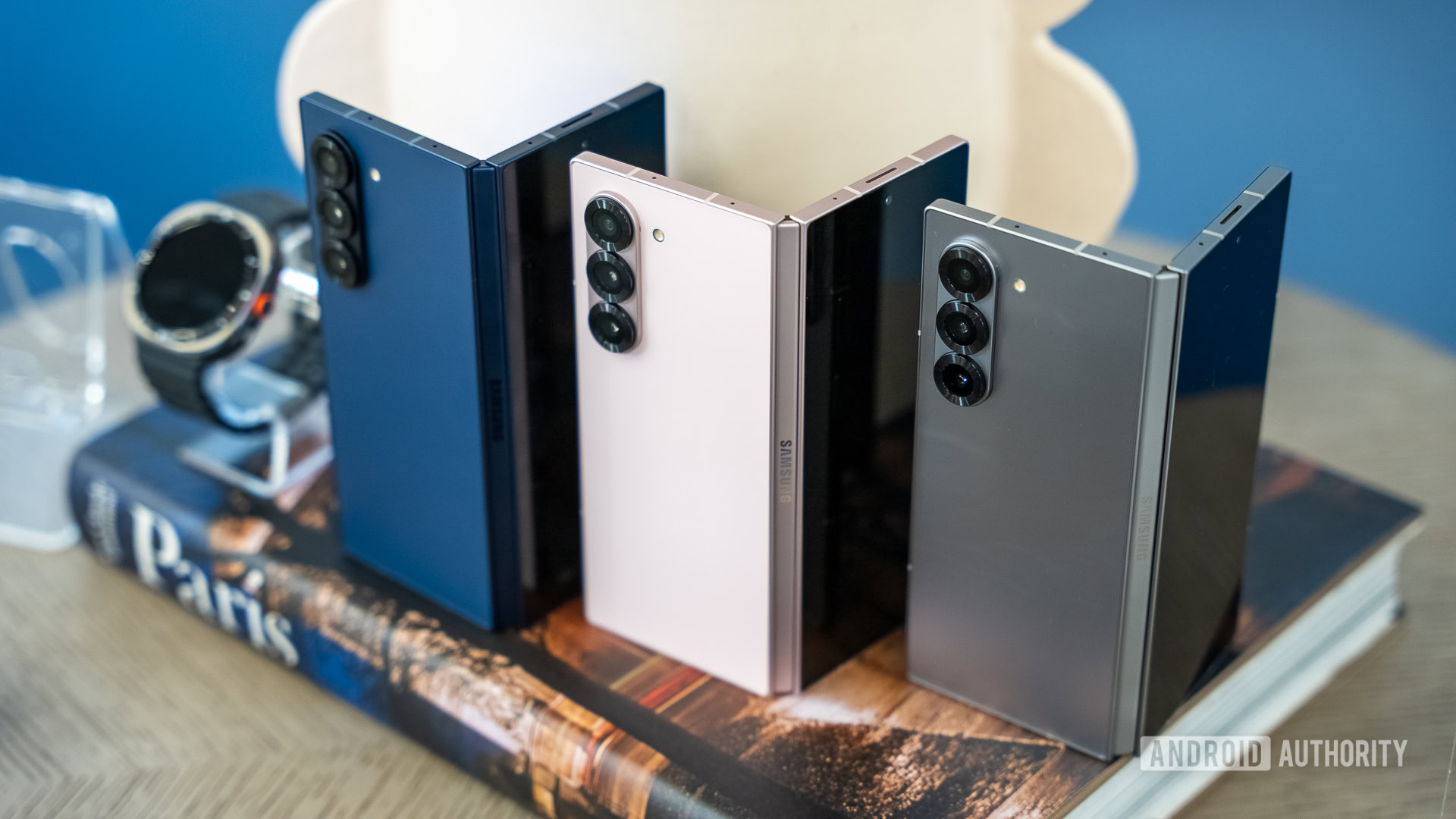
Lanh Nguyen / Android Authority
Samsung tends to adopt a kitchen sink approach, loading up its flagship phones with high-end specs, tons of RAM, and unique extras that can only be found from Samsung, such as the Fold 6’s optional S Pen. This holds true for the Fold 6, which upgrades its SoC to the Snapdragon 8 Gen 3 for Galaxy, while also introducing a few new AI features. First, there’s an Interpreter mode, similar to the one found on the Pixel 9 Pro Fold. Next, there’s a new Drawing Assist function that lets you scribble or write a prompt, with AI cleaning it up into an actual image.
Meanwhile, Google tends to mimic Apple’s philosophy a bit, focusing on ease of use and minimalism over raw power. It’s often much easier to master the Pixel’s UI, though this comes at the cost of a slightly more basic out-of-the-box experience. On the other hand, the original Pixel Fold had very polished software for a first-gen product, largely because Google focuses more on the quality of the features it implements, not the quantity.
Samsung continues to improve its AI and software, closing the gap between it and the Pixel series. Considering its weaker SoC, can Google keep up?
The current Pixel Fold is a decent productivity device, but it doesn’t have the same muscle as the Fold 6, which can limit its potential a little. In the past, Google’s biggest advantage was machine learning and AI, as the Tensor processor was literally built with this in mind. Recently, Snapdragon has embraced several enhancements that make it better suited for these types of tasks than ever before, and Samsung has taken full advantage by rolling out its Galaxy AI features to multiple devices, including the Fold 6.
In other words, Samsung not only has the most powerful SoC for gaming and productivity, but the chip can (mostly) keep up with the Tensor’s machine learning and AI capabilities too. Arguably, Google’s AI features still feel a bit more polished, but Galaxy AI will only get better with time.
The Pixel 9 Pro Fold needs to up its performance game if it wants to better compete with Samsung. Thankfully, the rumor mill suggests this might just be happening. Although the Pixel Fold shipped with the Tensor G2, our sources indicate the Pixel 9 Pro Fold might skip the third-generation chip in favor of the Tensor G4. It also may reportedly feature up to 16GB of RAM, versus the 12GB of RAM that it and the Galaxy Fold 6 currently offer. Even more interestingly, it seems it may launch alongside the Pixel 9 series in August, so we may see it sooner rather than later.
Both phones seem to have significant redesigns
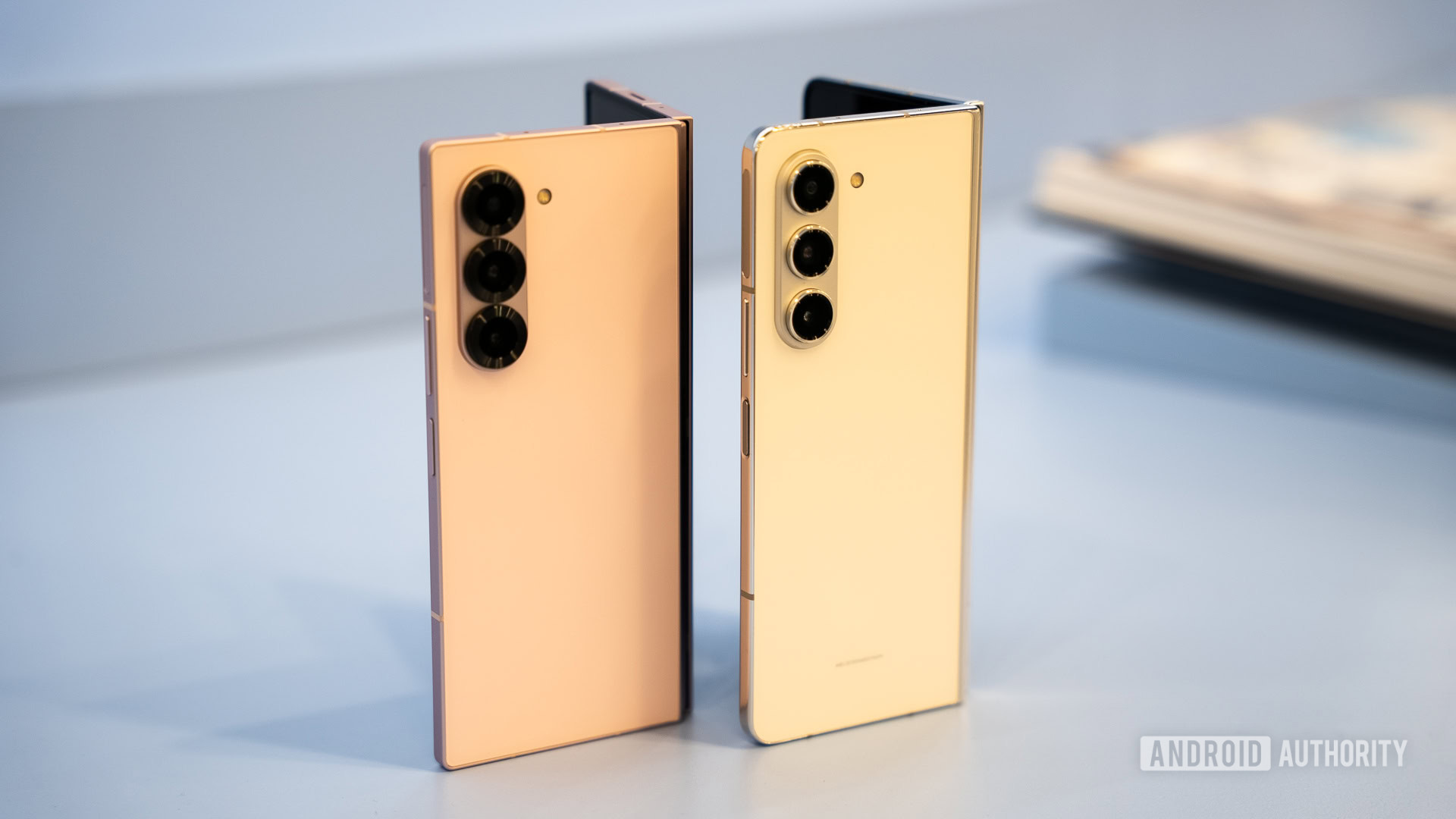
Lanh Nguyen / Android Authority
The Galaxy Fold 6 makes some of the biggest design changes we’ve seen in the series since it first debuted. Not only is the cover display now 6.3 inches, but the aspect ratio has also changed. While the Fold 5 had a 6.2-inch display with a 23.1:9 aspect ratio, its successor features a 22.1:9 ratio, making the phone look much closer to a typical candy bar phone when it is folded.
The Fold 6 isn’t just shaped differently; it’s also lighter than the previous model and has gained IP48 certification for the first time. Samsung has also improved the hinge’s durability. The new dual-rail hinge, combined with a more durable folding edge, results in better shock protection during a drop.
C. Scott Brown / Android Authority
Pixel Fold 2 Leaked
How will Google’s foldable compare? According to our sources, the Pixel 9 Pro Fold will supposedly have a narrower form factor and a completely redesigned camera module. The inner screen’s aspect ratio will reportedly be different too, closer to a square. As you can see in the image above, the camera bar is also getting reworked, and prototype images suggest it may feature four camera sensors, as well as an LED flash and a microphone.
Should you wait for the Pixel 9 Pro Fold or buy the Galaxy Z Fold 6?
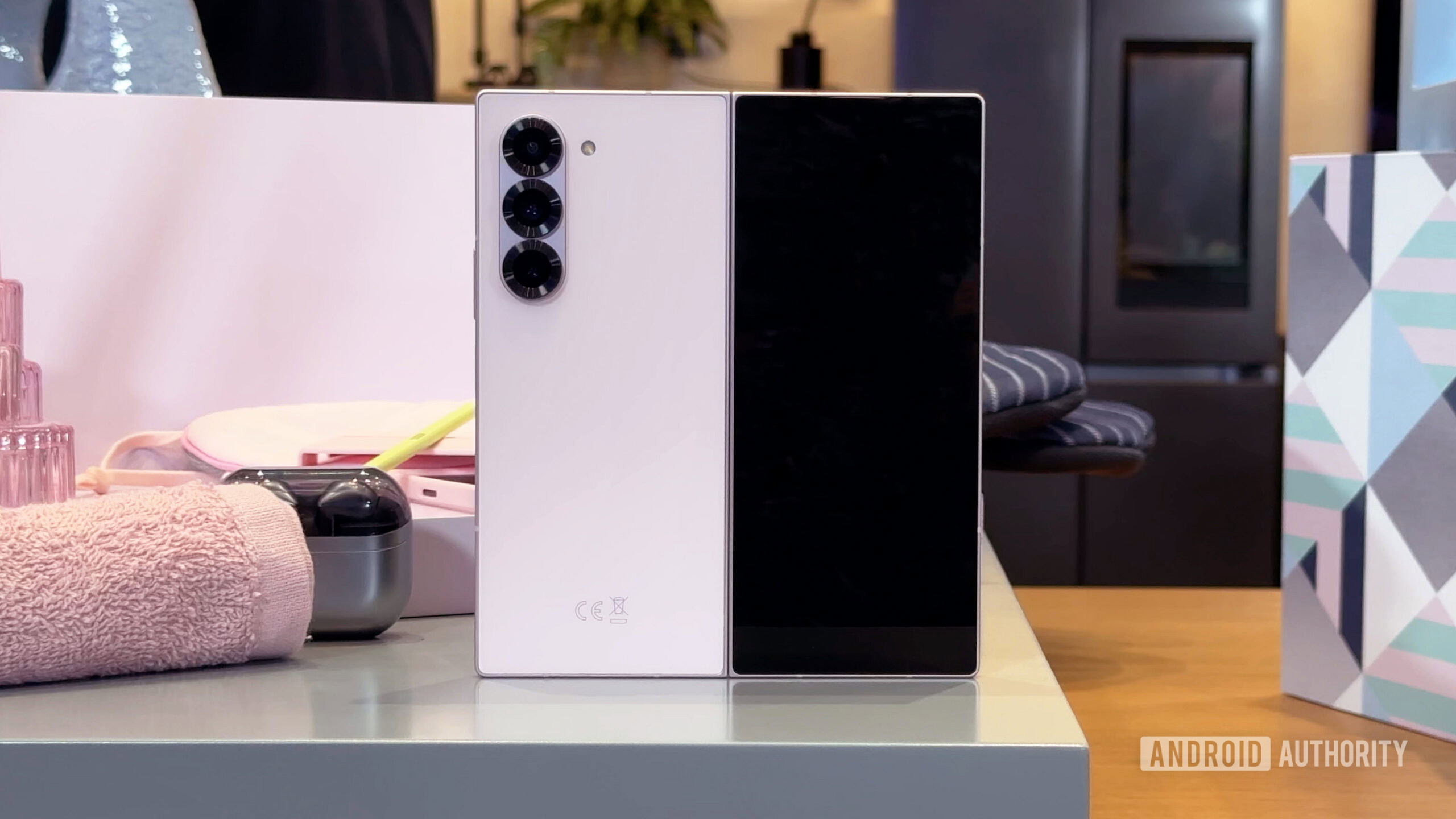
Alex Walker-Todd / Android Authority
The Pixel 9 Pro Fold may be official as soon as August, as Google has already announced it will hold a special press conference on August 13. While the main focus will be the core Pixel 9 series, rumors suggest the Pixel 9 Pro Fold will join the family. With that in mind, we’d definitely wait for the Pixel 9 Pro Fold. After all, the Pixel event is only a month away, and then we’ll have a better idea of what specs and features it brings to the table. Who knows, maybe there’s a surprise or two that we’ve yet to see that could win you over compared to the Fold 6. Even if you don’t end up liking the phone, it’s very likely that Samsung could put the phone on sale to lure away potential Google Pixel 9 Pro Fold buyers.

Samsung Galaxy Z Fold 6
Large display • Multitasking • High performance
Thinner, lighter, and more powerful than ever.
With a focus on refinement over previous generation Fold phones, the Samsung Galaxy Z Fold 6 rocks a 6.3-inch cover screen, a 7.6-inch, 20.9:18, 120Hz AMOLED folding display, the Snapdragon 8 Gen 3 Mobile Platform for Galaxy chipset, a 50MP camera, 12GB of RAM, and up to 1TB of internal storage.
Of course, if you’ve been completely unimpressed by the Pixel series to date and care more about power user features and performance, it’s very unlikely Google will announce any changes that can win you over. Tensor is here to stay and at least for now, it’s just not nearly as much of a powerhouse. In that case, the Galaxy Z Fold 6 is the most obvious pick.

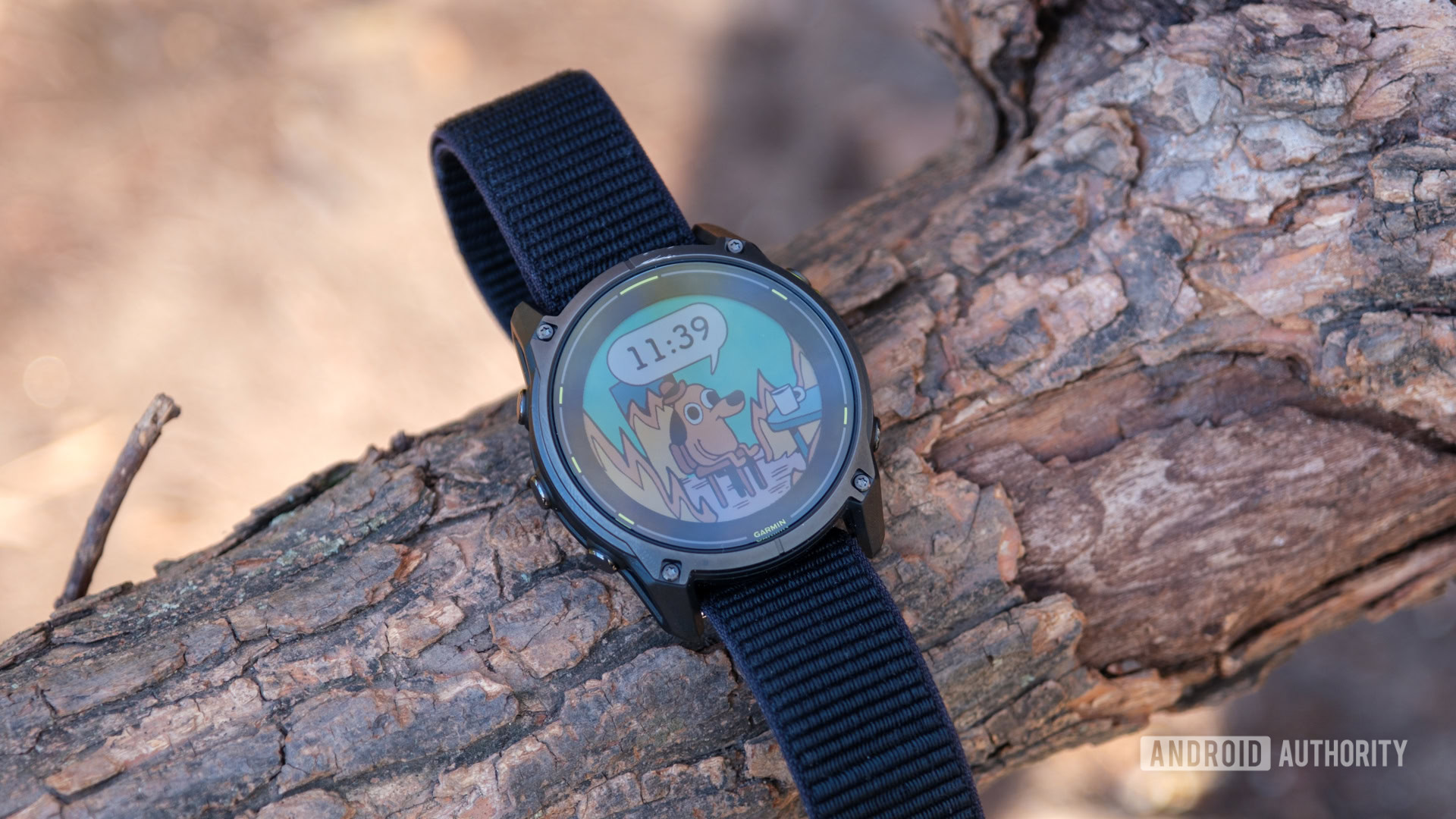
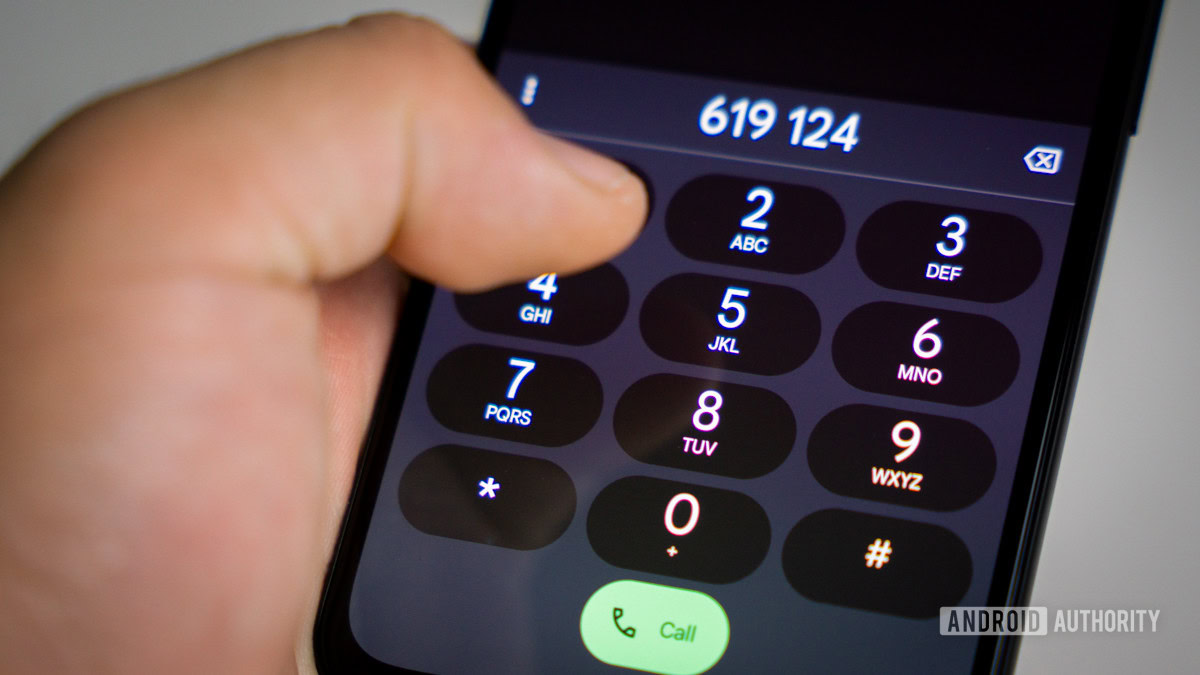




 English (US) ·
English (US) ·